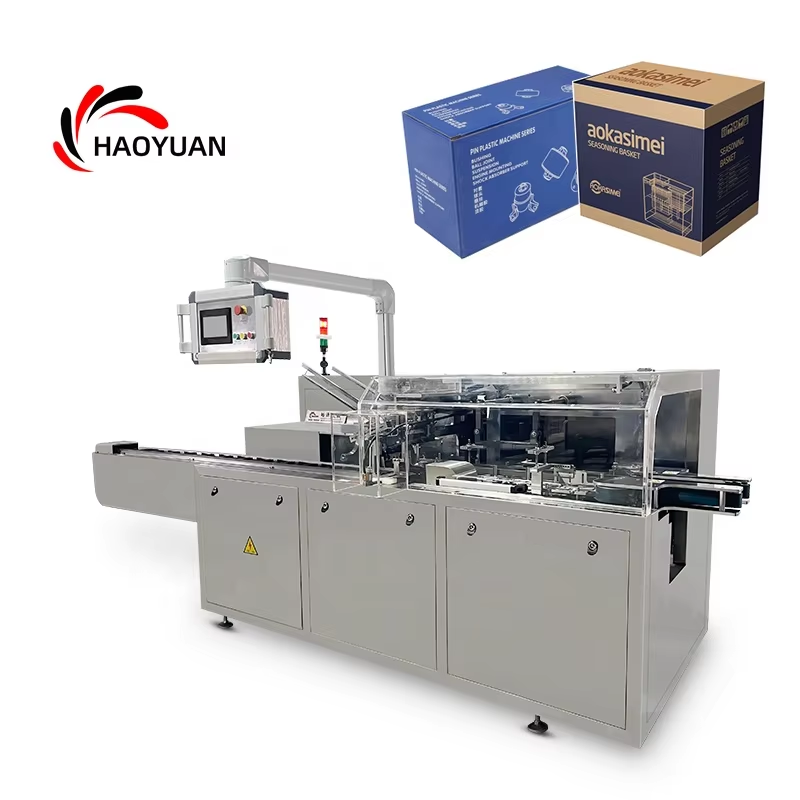
The key role of frozen food packaging machines in modern food production
Frozen food packaging machines have revolutionized the food industry by solving key challenges in food preservation, efficiency and consumer safety. Below, we will analyze why these machines are indispensable to companies in the frozen food industry:
1.Maintaining product quality and safety
Extending shelf life
Frozen food packaging machines remove air (through vacuum sealing) to protect products from oxygen, moisture and contaminants. This process
Prevents freezer burn by eliminating oxidation
Inhibits bacterial growth, extending shelf life up to 3-5 times compared to non-vacuum methods
Maintains nutritional value and natural flavors through Modified Atmosphere Packaging (MAP)
Food safety compliance
Tamper-resistant seals keep products safe during transport and storage
Leak-proof design meets FDA and HACCP regulations
Hygienic construction (stainless steel, easy-to-clean surfaces) meets strict sanitation standards Sanitary construction (stainless steel, easy-to-clean surfaces) meets stringent sanitation standards
2. Improve operational efficiency
High-speed automation
Production rates of up to 200 ppm reduce bottlenecks in high-volume production facilities
Automated feeding, weighing, and sealing minimizes human error and labor costs
Integration with production lines (e.g., IQF systems) streamlines workflows
Material optimization
Precise portion control reduces waste by 20-30% through accurate weighing systems
Lightweight, recyclable film reduces material costs while supporting sustainability goals 3. Meet consumer and market needs Enhance consumer experience Lightweight, recyclable film reduces material costs while supporting sustainability goals
3. Meeting consumer and market needs
Enhancing the consumer experience
Aesthetically pleasing package design (clear windows, resealable pouches) appeals to retail buyers
Convenient features (microwave-safe trays, easy-peel seals) fit with on-the-go lifestyles
Competitiveness in the global marketplace
Adapting to international standards (e.g., EU food safety, USDA certifications)
Moving from small- to large-scale, artisanal producer to large-scale producer Scalability from small-volume artisanal producers to large-scale producers
